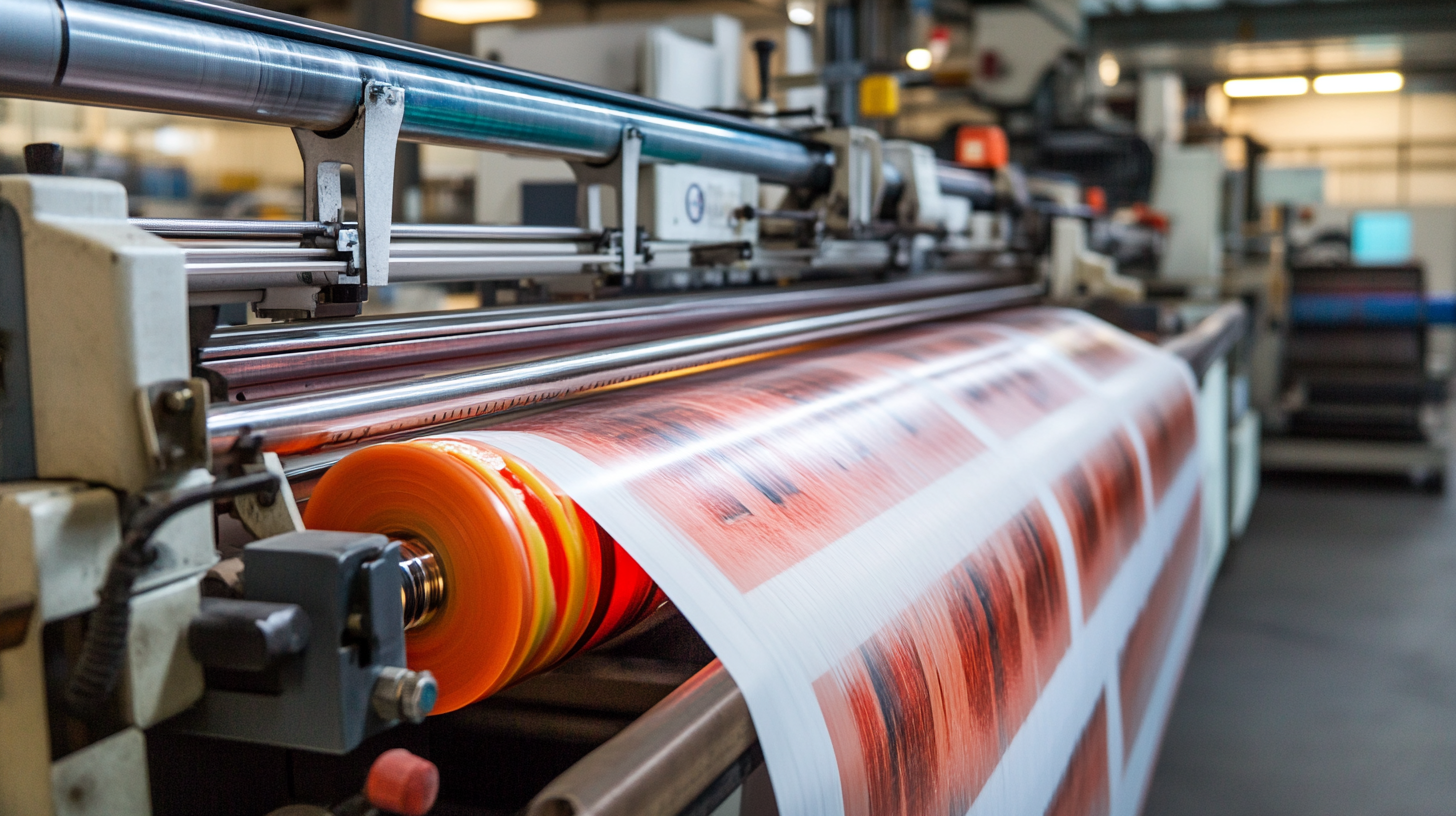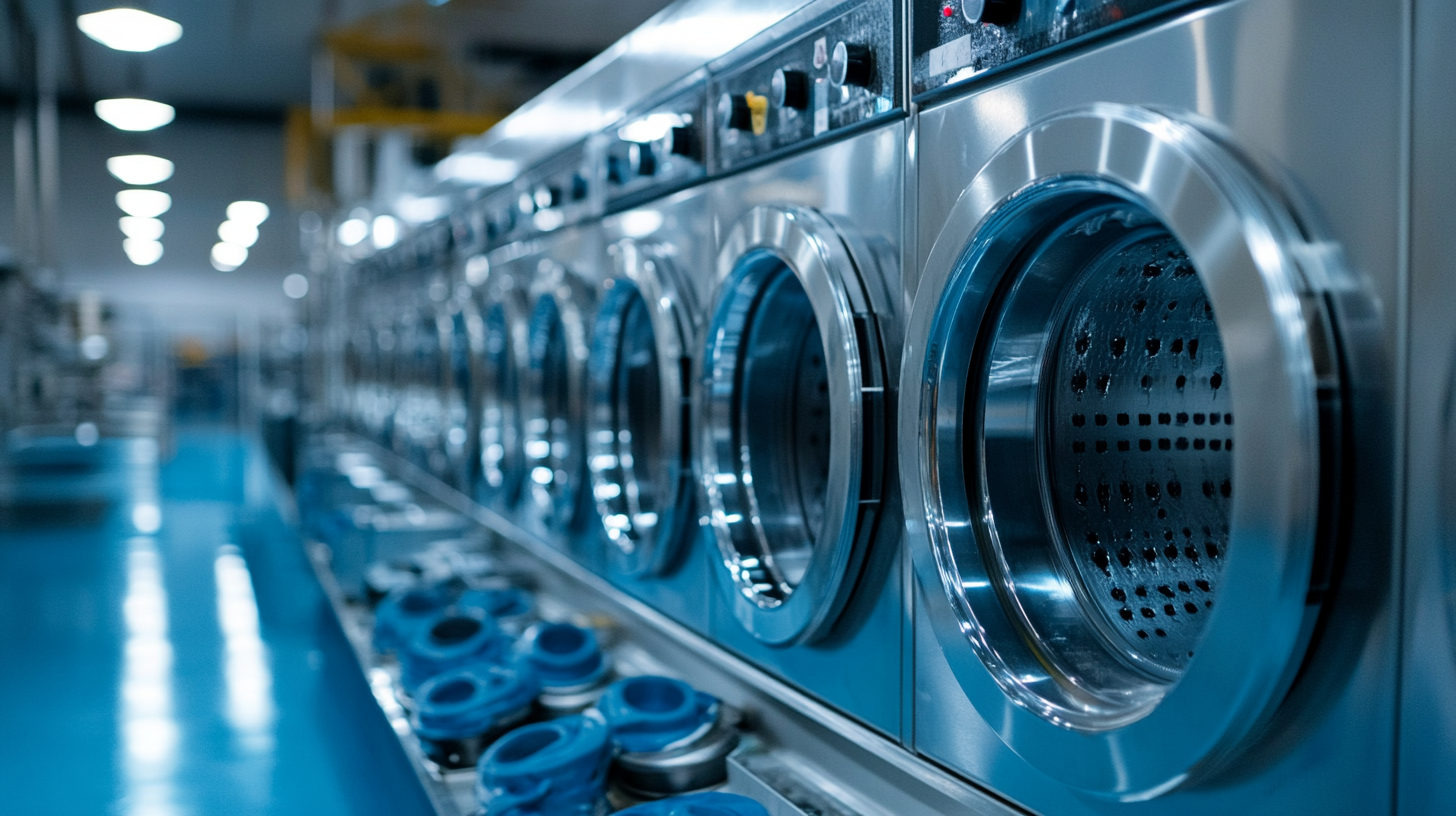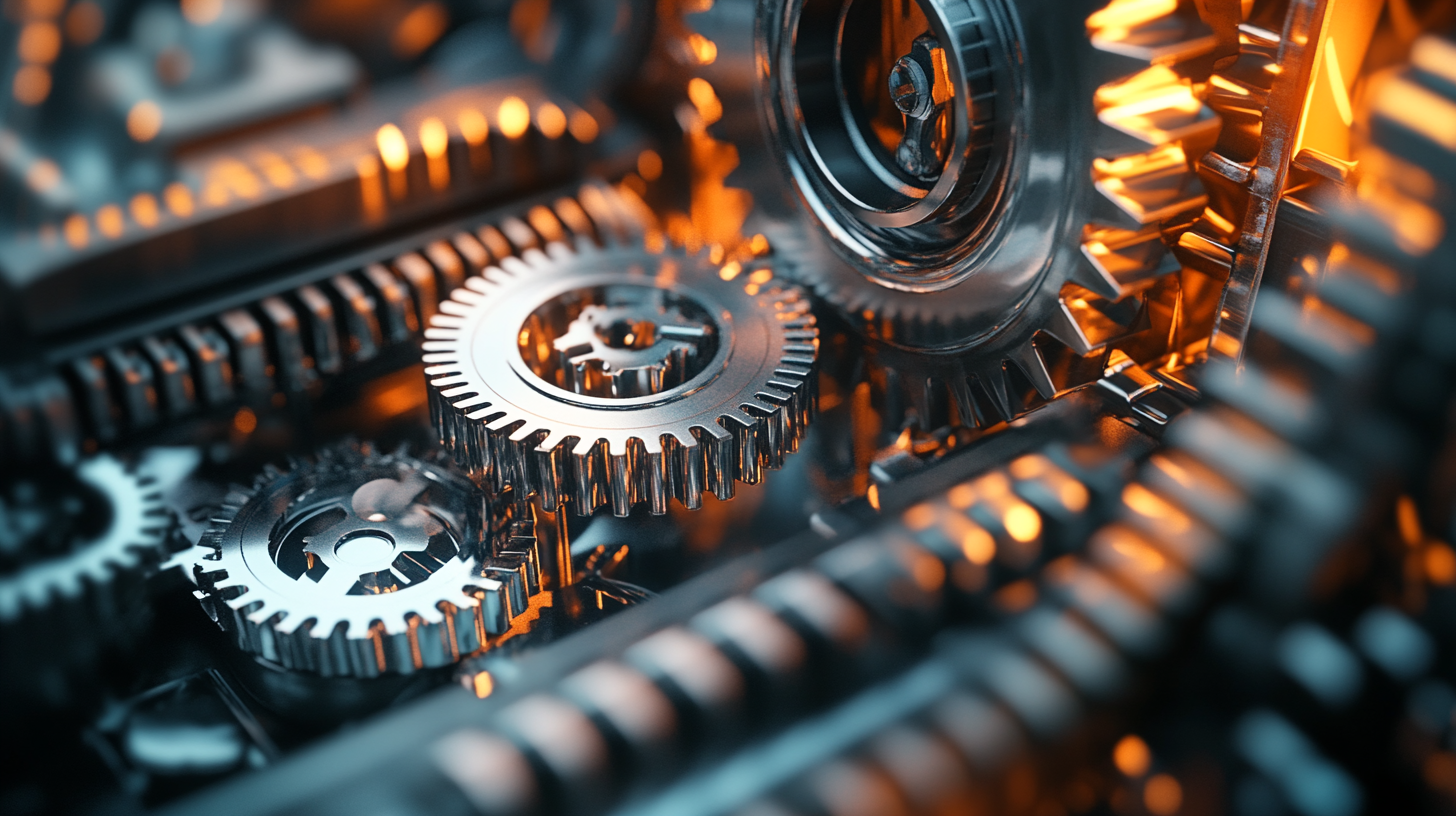In the highly competitive confectionery and food packaging industries, the efficiency and longevity of production equipment are paramount. The Enrober Machine, a critical component in coating and encapsulating products, directly influences both quality and throughput. According to a report by MarketsandMarkets, the global chocolate market is projected to reach USD 162.2 billion by 2024, highlighting the increasing demand for enrobing technology that meets high production standards while maintaining operational reliability. With such a significant impact on production output, maximizing the lifespan of these machines is an investment that can yield substantial returns for manufacturers worldwide.
To achieve optimal performance, it is essential for global buyers to understand the best maintenance practices for their Enrober Machines. Studies indicate that regular maintenance can extend the equipment's lifespan by up to 30%, significantly reducing the risk of unexpected downtime and costly repairs. By implementing proactive maintenance strategies, businesses not only enhance the efficiency of their production lines but also ensure compliance with quality standards demanded by consumers. This blog aims to provide seven essential maintenance tips that every global buyer should consider to protect their investment and ensure the sustained success of their enrobing operations.

Regular maintenance is crucial for the longevity and efficiency of enrober machines, which play a vital role in the confectionery and food processing industries. These machines are responsible for coating products with chocolate, caramel, or other materials, and their performance directly impacts the quality of the final product. Neglecting maintenance can lead to unexpected breakdowns, reduced output, and increased operational costs, ultimately affecting profitability. Implementing a routine maintenance schedule can significantly enhance the lifespan of enrober machines. This includes regular inspections, cleaning, and lubrication of moving parts, as well as the replacement of worn components. By keeping the machinery in optimal condition, operators can prevent small issues from escalating into major repairs and downtime. Additionally, training staff on best practices for machine use and maintenance fosters a proactive approach to equipment care, ensuring that everyone understands the importance of maintaining these vital assets. Moreover, investing in professional servicing and utilizing high-quality replacement parts can further extend the machine's life. By understanding the importance of regular maintenance, global buyers can make informed decisions that not only protect their investments but also support sustainable production practices. This proactive stance is essential in today's competitive market, where productivity and efficiency are key drivers of success.

When investing in enrober machines, understanding the factors that can shorten their lifespan is crucial for global buyers. Many users encounter common issues that can lead to premature wear and tear, ultimately impacting productivity and profitability. By identifying these problems early, manufacturers can adopt proactive measures to enhance the durability of their equipment.
One prevalent issue is inadequate cleaning. Residues from previous batches can build up over time, leading to mechanical failures and compromised product quality. Implementing a rigorous cleaning schedule, along with the right cleaning agents, can prevent these complications and keep the machine running smoothly. Additionally, users should monitor for signs of corrosion, as moisture can damage metal components and reduce machine efficiency. Ensuring a controlled environment and regular inspections can mitigate this risk significantly.
Another factor affecting machine longevity is improper usage. Exceeding the manufacturer’s specifications in terms of load and speed can place undue stress on the machine, causing critical components to fail faster. Providing thorough training for operators is essential to ensure that they understand the limits of the equipment and follow best practices. Regular maintenance checks should also be performed to identify any misalignments or wear that could lead to larger issues down the line. By addressing these common concerns, global buyers can maximize the lifespan of their enrober machines and maintain their operational efficiency.

In the manufacturing sector, the longevity of enrober machines is paramount, particularly for global buyers looking to optimize their production lines. Implementing daily checklists is a critical strategy that not only enhances machine performance but also plays a significant role in extending their lifespan. Research indicates that routine maintenance practices can reduce machinery downtime by up to 30%, ultimately leading to increased efficiency and lower operational costs.
A well-structured daily checklist should cover essential maintenance tasks such as inspecting for wear and tear, checking the alignment of conveyor belts, and ensuring that all safety guards are in place. According to a study published in the Journal of Manufacturing Science and Engineering, routine inspections can decrease the risk of unexpected machine failures by nearly 25%. This proactive approach enables operators to identify potential issues before they escalate, maintaining the flow of production and safeguarding investments.
Moreover, the integration of technology into these checklists, such as the use of mobile applications and digital documentation, allows for streamlined record-keeping and consistency across maintenance procedures. As reported by the Manufacturing Institute, organizations that utilize digital checklists have reported a 20% increase in compliance with maintenance protocols, demonstrating the effectiveness of these tools in maintaining optimal performance. By prioritizing daily checklists, global buyers can ensure their enrober machines operate efficiently and remain robust for years to come.

In the realm of manufacturing and maintenance, particularly for enrober machines, the importance of utilizing quality parts and materials cannot be overstated. Just like the push for enhanced repairability in smartphones—which helps conserve valuable resources and mitigate e-waste—the same principle applies to machinery used in production. By opting for high-quality OEM parts, businesses can not only prolong the lifespan of their equipment but also ensure efficient performance, ultimately leading to better product quality and reduced operational costs.
Investing in advanced repairs and upgrades, such as those offered by TrueChoice™ Material, enables global buyers to access reliable solutions that are crucial for sustaining their enrober machines. These components are designed to meet rigorous industry standards, thus providing a robust alternative to cheaper, lower-quality parts that may fail quickly and lead to costly downtime. Moreover, these practices contribute to a circular economy, emphasizing the idea that repairing and upgrading existing machinery is more sustainable than disposal and replacement.
By prioritizing quality over quantity in repairs and upgrades, businesses not only enhance the functionality of their machinery but also engage in responsible practices that benefit the environment. This balance between maintaining equipment with high-standard parts and reducing e-waste is vital in today’s climate-conscious market. Ultimately, staying committed to quality maintenance strategies will result in significant long-term savings and a greener planet.
Training is a critical component in maximizing the lifespan of enrober machines, especially for global buyers. Focusing on best practices in enrober machine care ensures that operators are well-equipped to handle the equipment with confidence and efficiency. A comprehensive training program not only covers the technical aspects of the machinery but also emphasizes the importance of regular maintenance schedules and troubleshooting common issues.
Investing in team training can lead to improved operational performance and reduced downtime. For example, by implementing structured training sessions, your team can learn how to identify early warning signs of machine wear, perform routine check-ups, and execute minor repairs. This proactive approach not only extends the life of the enrober machine but also fosters a culture of accountability and responsibility among staff members.
In a landscape where technology continues to advance, integrating modern training methodologies—such as online modules or hands-on workshops—can enhance the learning experience. Moreover, collaboration among team members during training can mirror successful practices observed in other fields, such as autism care, where team-based training has demonstrated improved outcomes. By fostering an environment of continuous learning, organizations can ensure that their teams are not only knowledgeable but fully prepared to maintain enrober machines effectively.